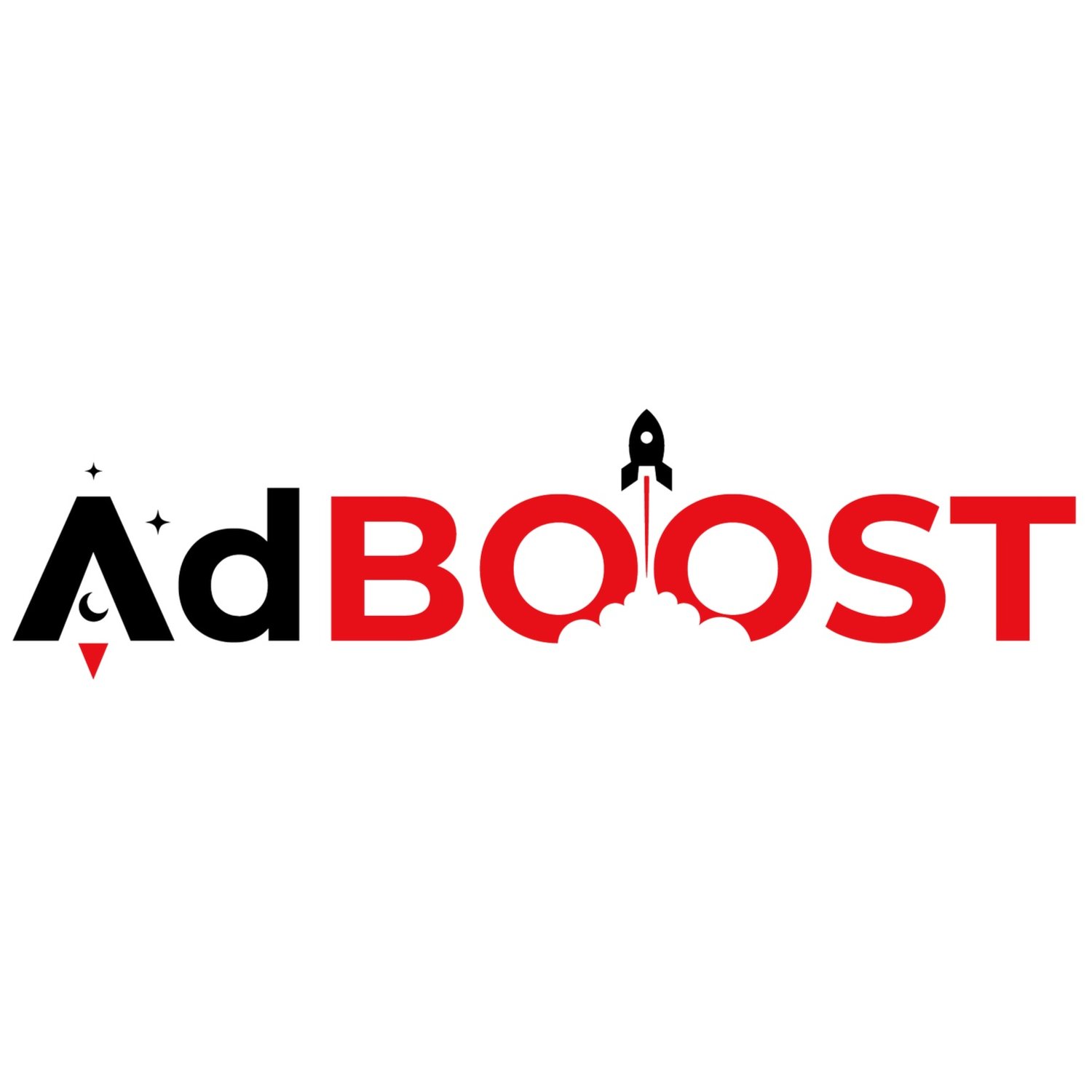The Secret to Successful Ad Campaigns: Using RFM Analysis to Build Look-Alike Audiences
In the world of digital marketing, creating hyper-targeted campaigns that generate higher engagement and conversions is every business owner's dream. One powerful strategy to achieve this is combining RFM analysis with Look-Alike Audiences. By using RFM (Recency, Frequency, Monetary) data to create look-alike audiences, you can maximize the efficiency of your advertising by targeting prospects who closely resemble your most valuable customers. Here's how this approach can supercharge your marketing efforts.
What is RFM Analysis?
RFM analysis segments your customers based on three key factors:
Recency – How recently a customer made a purchase.
Frequency – How often they purchase.
Monetary Value – How much they typically spend.
This method allows you to classify customers into different groups, such as your "Champions," who frequently buy and spend a lot, versus "At-Risk" customers, who haven’t purchased in a while. Once you've identified your best-performing segments, you can build precise marketing campaigns tailored to their behaviors.
The Power of Look-Alike Audiences
Look-alike audiences use your RFM analysis data to find new potential customers who share similar characteristics with your top segments. By inputting your "best customers" data into platforms like Facebook, Google, or LinkedIn, these platforms can analyze the demographic and behavioral traits of your most valuable customers and target new prospects with similar profiles. This approach ensures you reach audiences that are more likely to convert, increasing your return on ad spend (ROAS) significantly.
Key Benefits of Using RFM Data for Look-Alike Audiences
Precision Targeting
By leveraging RFM data, your look-alike audiences are built on real customer behaviors, not just basic demographics. This data-driven approach ensures you're targeting prospects who are most likely to engage and purchase, rather than casting a wide net and hoping for the best.Improved Marketing ROI
Since you're focusing on customers who closely resemble your high-value buyers, your ads are more likely to result in conversions. This leads to better resource allocation, making your advertising dollars work harder for you.Increased Customer Retention and Loyalty
With RFM data, you can segment and target not only new prospects but also existing customers. Building look-alike audiences based on your "Loyalists" or "Big Spenders" allows you to tailor offers and campaigns that keep them coming back, increasing lifetime value.Scalability
Look-alike audiences allow businesses to scale their campaigns efficiently. Whether your business is new or established, using RFM data helps grow your customer base by finding people who are likely to engage with your brand based on their shared characteristics with your best customers.Efficient Resource Use
When you focus on look-alike audiences built from your best customer segments, you're ensuring that your advertising efforts aren't wasted on unlikely prospects. This leads to better use of time and marketing resources, making your campaigns more cost-effective(Response Labs)(Patch Retention)(Groost.com).
How to Get Started
Conduct an RFM Analysis
Start by analyzing your current customers based on recency, frequency, and monetary value. This will help you segment your audience into different categories such as "Champions," "At-Risk," and "New Customers."Identify Your Seed Audience
Select the group of customers with the highest RFM scores to use as your seed audience. This data is the foundation for creating your look-alike audience on platforms like Facebook or Google Ads(inn8ly).Create and Launch Your Look-Alike Audience
Upload your seed audience data to your chosen advertising platform, and allow its algorithm to find users with similar characteristics. Once your look-alike audience is built, launch highly-targeted campaigns to test the effectiveness of this strategy.
Ready to Transform Your Ad Campaigns?
By combining RFM analysis with look-alike audiences, you can create laser-focused ad campaigns that drive engagement, conversion, and customer retention. This strategy is a game-changer for business owners looking to maximize their marketing impact.
If you're ready to take your ad campaigns to the next level, book a free strategy call today to discuss how we can tailor a marketing plan using RFM analysis and look-alike audiences for your business.
